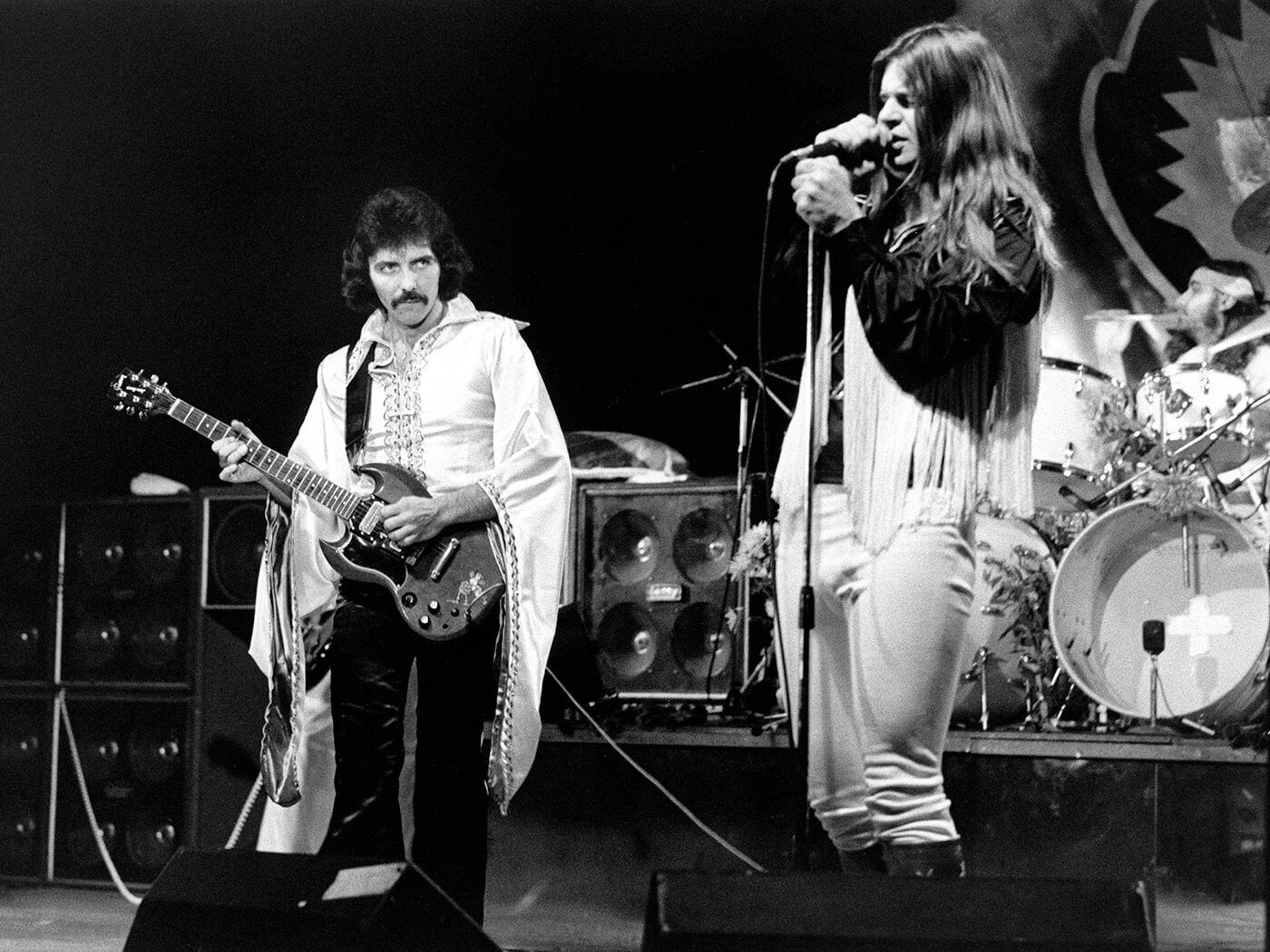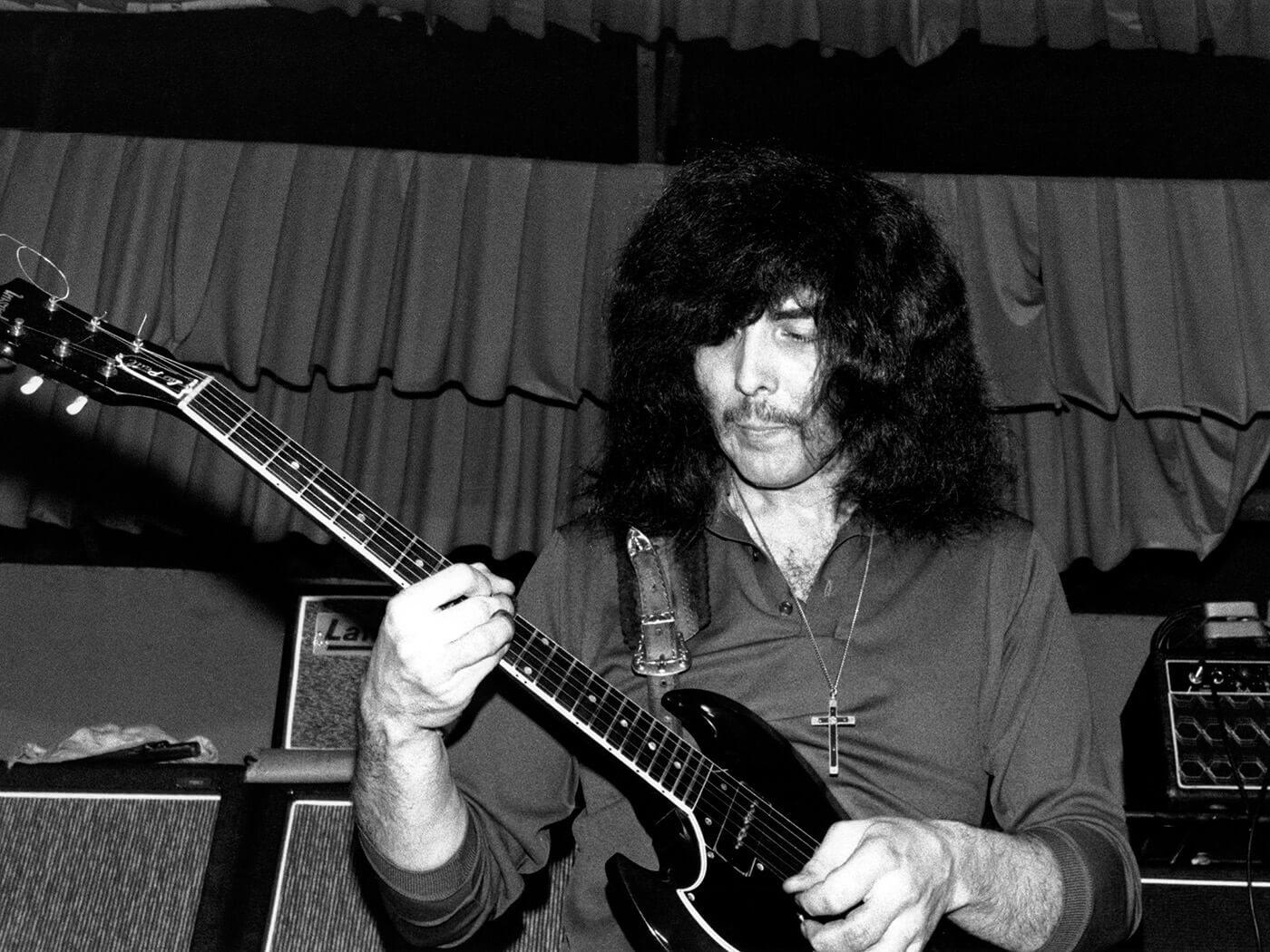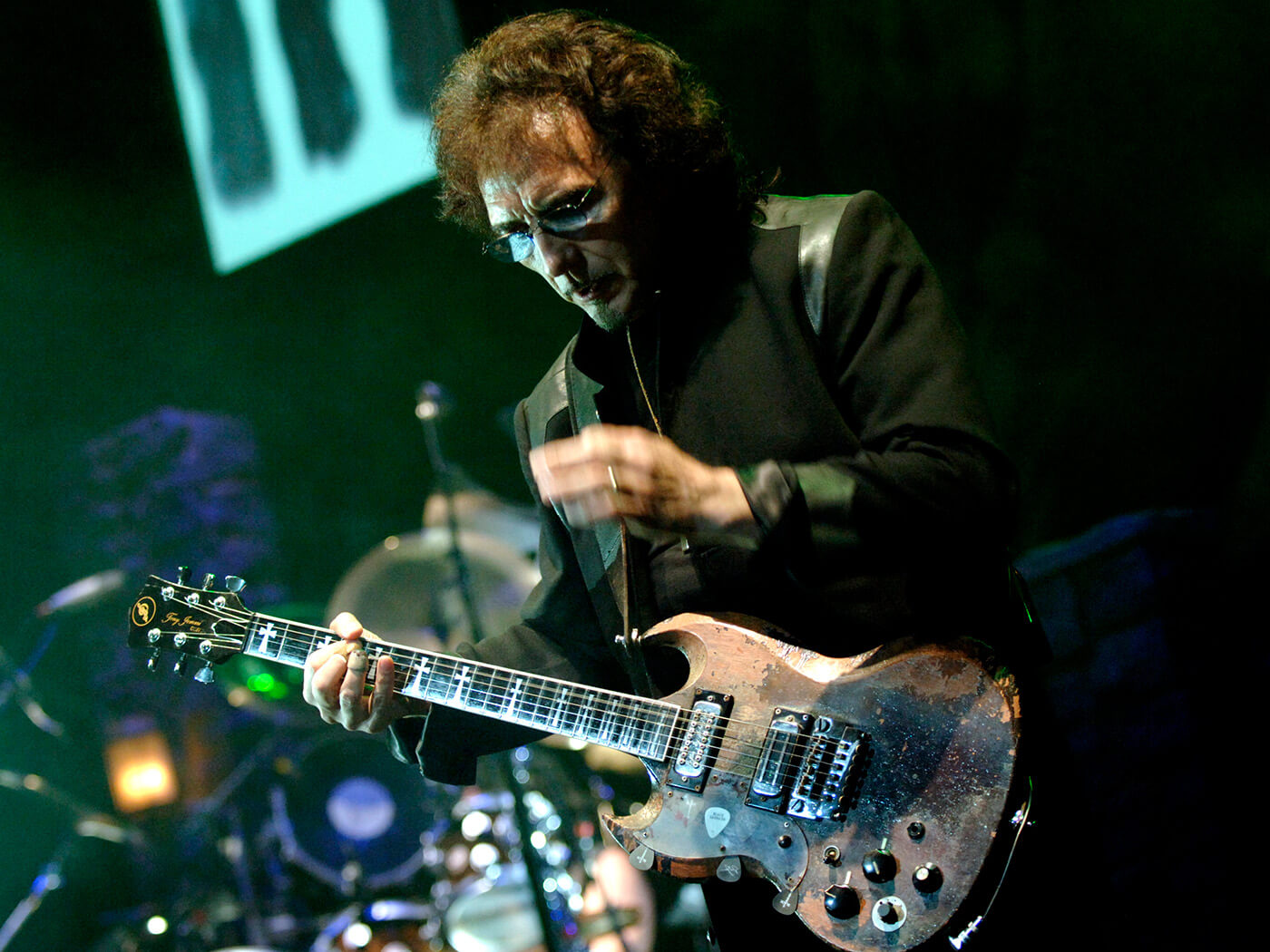5 facts about Black Sabbath’s gear that only superfans will know
The band that pretty much started heavy metal made the rules as they went along, which led to some interesting and unconventional gear choices along the way.

Image: Chris Walter / WireImage
With Ozzy finally calling time on his illustrious live career last month, it seems that any faint hope that Black Sabbath might come together again after 2017’s farewell The End Tour was finally extinguished, but the legacy of the band as the originators of everything we now know as heavy metal will never die.
Trailblazers, however, have to work things out as they go along – there’s no script or rulebook to follow, and that’s led to some myths and misunderstandings to grow up around certain aspects of Toni Iommi and Geezer Butler’s gear – let’s see if we can clear some of those up.
The Wah on N.I.B.

One of the iconic tonal enigmas from Black Sabbath’s debut record is that of the wah on N.I.B.. Contrary to popular belief, it was not a Tychobrahe. That company was founded in 1969, and it is true that both Tony and Geezer started using those on the first American tour, but this was after the album had been recorded [October of 1969]. Tony has stated that the Tychobrahe was his favorite wah, but what was actually used on the record remains a mystery. Geezer’s bass tech, Terry Welty did confirm that both Tony and Geezer used the Tychobrahe wah during the Heaven & Hell tours. It can be presumed that Tony and Geezer shared the wah used on the first album. We were able to get some info directly from Tony Iommi [through Terry Welty] that went like this:
“I can’t remember what wah we used on the first album. It may have been one that they had at the studio at that time. I’m pretty sure I didn’t have one of my own. I’m pretty sure it would have been too noisy for me to use on stage with my treble booster.”
Welty did a bunch of research when he designed Geezer’s signature wah with Dunlop and his research concluded that between 1967 and 1969, there were seven companies making wah pedals. He bought them all and worked with Geezer to dial in the correct tone and none of them captured the tone heard on that first Sabbath record. Geezer’s signature Dunlop wah was tonally reconstructed from that first record, with N.I.B. being a cornerstone of that process.
Iommi and “The Ghost Tone”

According to Laney’s tone wizard, Simon Fraser-Clark, “the original Laney LA100 BL amps Tony was using in 1967 were super-simple: very, very unsophisticated. Single-channel, very little gain, with a quartet of EL34s in the power section.” The amps had a very specific quality to them when the output section becomes saturated – as Simon explains, “…there was this sub-undertone, which as soon as you notice it’s there it becomes really obvious. When you bend it doesn’t track properly – it gives you this weird oscillation that then catches up to the note.” This was largely attributed to the output transformer, which were Partridge box-frame transformers in the early models.
Surprise – Signature pickups!

Geezer Butler’s signature EMG pickups were actually the result of a secret project by his bass tech Terry Welty. Welty also had a bass built for Geezer aptly known as the Birthday Bass that he gave him on his birthday [built by Lakland Instruments]. Welty worked with Chrys Johnson at EMG through several prototypes of passive pickups before he had designed something he felt worked incredibly well for Black Sabbath’s music. He also had them round the edges of the pickup as Geezer had a tendency to cut his hand on the sharp edges of standard pickups and they’d end up having to glue his hands up.
Unbeknownst to anyone, Welty swapped the pickups in the Birthday Bass during a gig and both Geezer and Sabbath’s soundman, Greg, were blown away by the sound of his bass and the EMG GZR Signature pickup set was born.
The Rangemaster Mod

Along with the Laney amp, Iommi also used a Dallas Arbiter Rangemaster to drive his signal into his amp harder. He used this from the very start of Sabbath until 1982. The Rangemaster was also used by Rory Gallagher, Marc Bolan, and Brian May. Iommi’s Rangemaster was modified by the brother of his guitar player in his pre-Sabbath band. Unfortunately, Iommi never opened up the unit to determine what the modification was and in 1982, he got a new tech who updated his entire rig and the Rangemaster was lost to the sands of time.
When Laney set out to recreate the iconic tones on the first record with an Iommi signature amp in the early 90s, they knew the Rangemaster was an integral part of the tonal sculpture. So, they just had to keep modding different pedals in different ways, sending them to Iommi who would tell them if that was correct or not. Eventually, they believe figured out what the mod was.
According to most techs out there, the mod in Iommi’s Rangemaster was to change it from a treble boost to a full-range boost. This is most easily achieved by swapping out capacitor values – an easy enough mod to do at home. Of course, you can now get that same tone from the Laney TI-Boost pedal, which was the product of the reverse engineering using the greatest rock and roll assets – Tony Iommi’s own ears.
Old Boy

Many fans know that Iommi’s famous SG-type, Old Boy was a custom-built guitar by John Diggins, but some don’t know that it was originally built to be a backup to another custom SG, built by Diggins’ boss, John Birch. John Birch made the pickups that were in Iommi’s red SG at the time. Birch made Iommi a 24-fret black SG with crucifix inlays and a stainless steel scratchplate, which he used up until about 1980. “Old Boy” as it is known now was intended to be a backup to this guitar. Diggins explains how the guitar came to be,
“I couldn’t make the guitar on John Birch’s time, so I made it at home. It was made on the kitchen table and was completed in about two weeks. The lacquer was still soft when it was taken to the US, and it was this factor combined with severe changes in temperature and humidity that caused the paint to crack and flake off, giving the “Old Boy” the well-worn look that it has today. The guitar was not given a proper unveiling until I had produced the pickups that could deliver the sound that Tony was happy with.”
Iommi has stated on his website that he left the guitar in a car in a very hot part of the world which further added to the worn look of the iconic axe. Diggins made the pickups for the guitar, although the neck pickup is in a John Birch casing. Iommi was no stranger to backup guitars stealing the spotlight – as we know, his SG was used on the first Sabbath record only because one of the pickups in his Stratocaster stopped working [although he did record “Wicked World” with the Strat]. It seems fitting in a way, a man who many people thought should quit playing after the loss of his fingertips, playing a guitar that was thought of as only a backup, changed the world together and became the tone we all chase today… a true underdog tale of triumph.
For more guides, click here.




